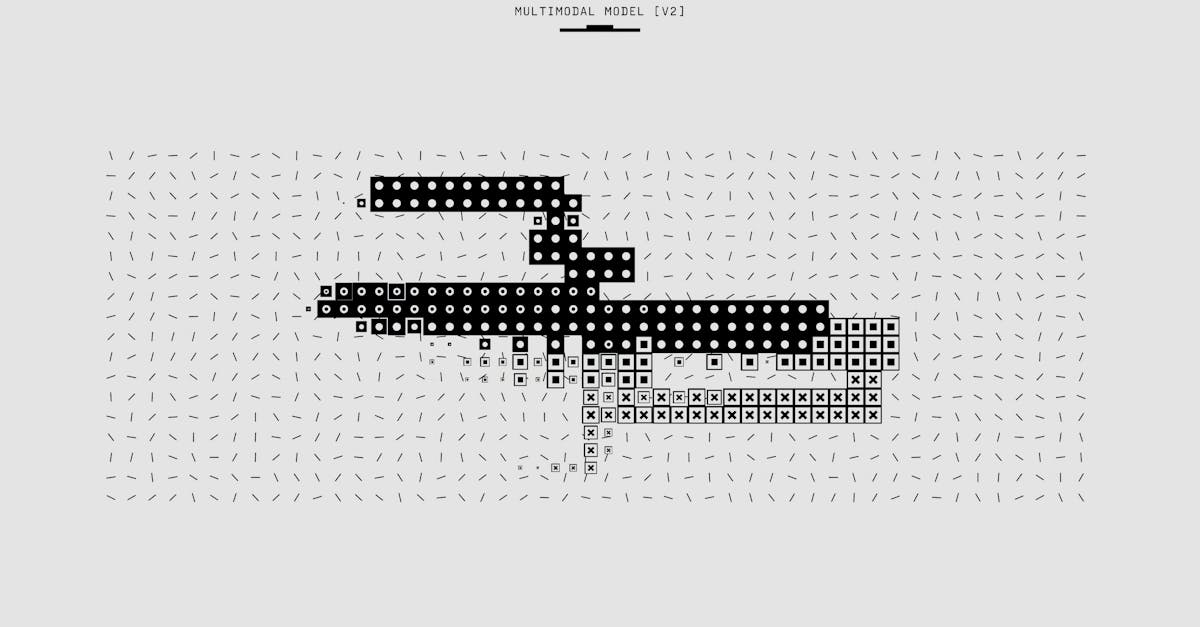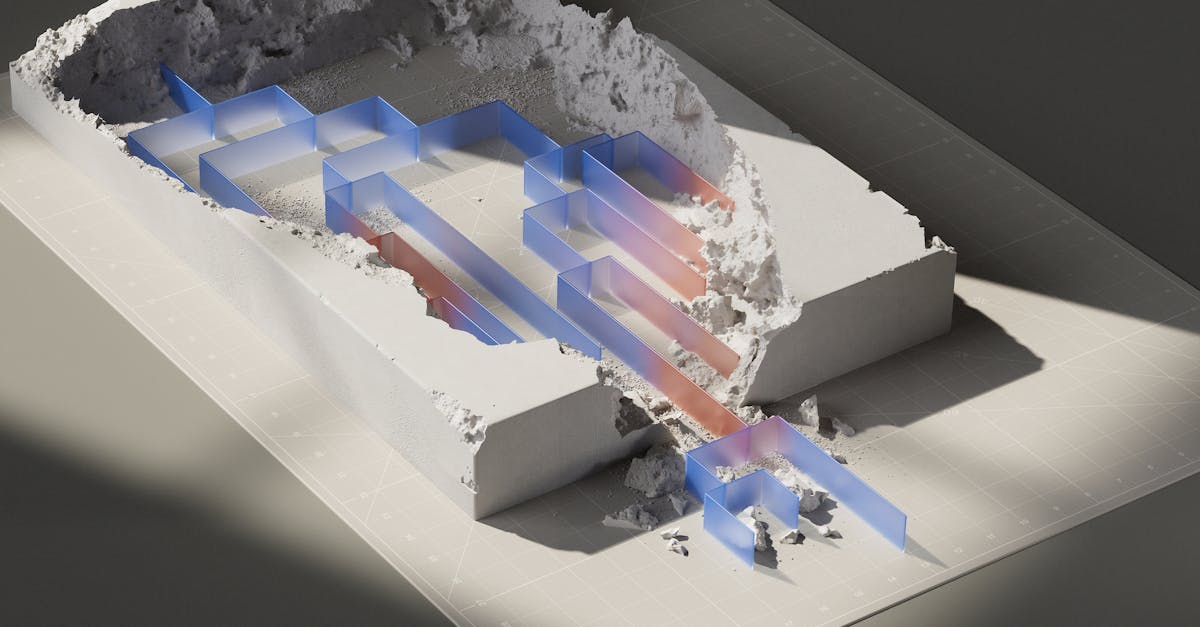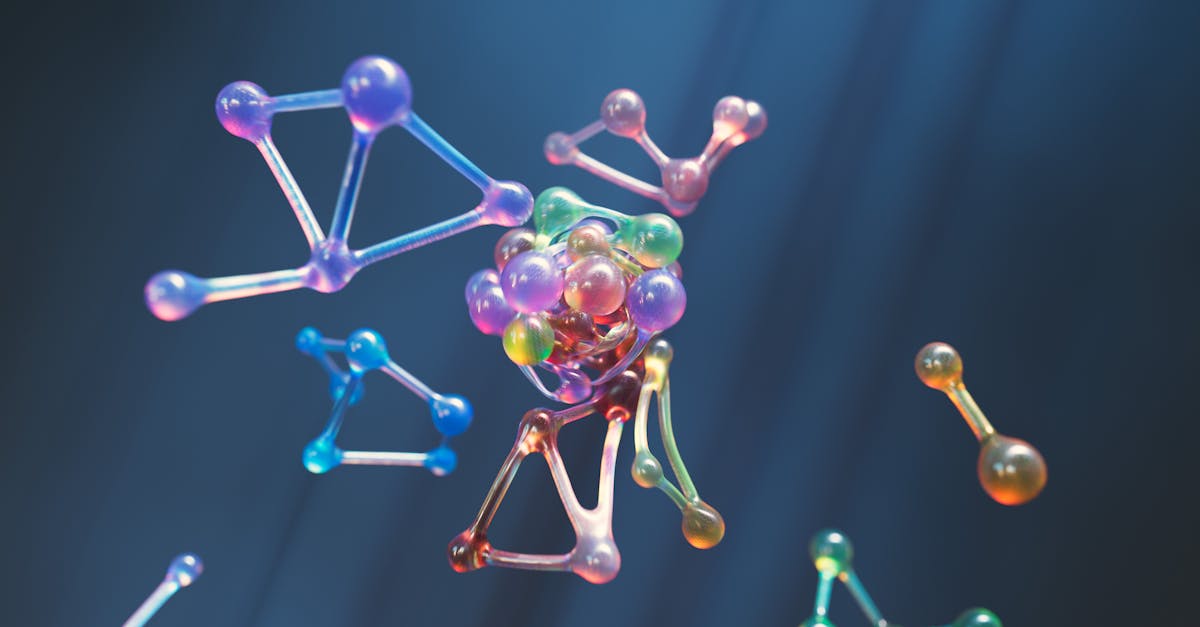
Table Of Contents
Infrastructure Planning
In the realm of agriculture, irrigation design plays a crucial role in ensuring the efficient and sustainable use of water resources. In the small town of Kleinburg, Ontario, the infrastructure planning phase of irrigation design begins with a comprehensive assessment of the landscape and water requirements of the crops. This initial step sets the foundation for designing an effective water delivery network that can adequately meet the irrigation needs of the agricultural land.
The infrastructure planning phase of irrigation design in Kleinburg also encompasses the identification of suitable water sources and the development of a robust irrigation system layout. Factors such as water availability, quality, and storage capacity are carefully considered to optimize the efficiency of water distribution. By meticulously planning the infrastructure requirements prior to implementation, an irrigation system in Kleinburg can be designed to enhance crop yield while minimizing water wastage.
Designing Water Delivery Network
Designing the water delivery network is a critical component of irrigation design in Kleinburg. Careful consideration must be given to the layout and sizing of pipes, valves, and fittings to ensure efficient water distribution throughout the system. The design process involves calculating flow rates, pressures, and velocities to optimize water delivery to each section of the irrigation area.
Properly designing the water delivery network also involves ensuring adequate filtration and water treatment systems are in place to maintain water quality and prevent clogging of irrigation components. Additionally, incorporating features such as pressure regulators and flow meters can help maximize the efficiency of water distribution while minimizing water wastage. Irrigation design in Kleinburg mandates a comprehensive approach to designing the water delivery network to ensure the system operates effectively and sustains optimal plant growth.
Energy Efficiency
Energy efficiency plays a crucial role in the design and operation of irrigation systems in promoting sustainability and reducing energy costs. When it comes to Irrigation Design in Greater Sudbury, incorporating energy-efficient practices can significantly lower energy consumption and lessen environmental impact. Engineers ensure that the design of watering systems focuses on maximizing energy efficiency by selecting the right pump sizes, utilizing energy-saving technologies, and considering the most suitable irrigation methods for the landscape.
Efficient water pumping solutions are key in achieving energy efficiency in irrigation design. Engineers carefully assess the water requirements of the project area and design pumping systems that match these needs. By optimizing pump sizes and using variable speed drives, energy consumption can be minimized without compromising the effectiveness of the irrigation system. Additionally, the deployment of energy-efficient motors and regular maintenance help ensure that the irrigation system operates at peak performance levels, contributing to sustainable irrigation practices in Greater Sudbury.
Implementing Pumping Solutions
When it comes to the implementation of pumping solutions in irrigation design, efficiency and effectiveness are paramount. In Irrigation Design in Kleinburg, selecting the appropriate pump size and type is crucial to ensure optimal water delivery to the crops. Factors such as flow rate, pressure requirements, and the distance the water needs to be transported all play a significant role in determining the most suitable pumping solution. Moreover, considering the energy efficiency of the pump is essential to minimize operational costs and reduce environmental impact.
In addition to selecting the right pump, proper installation and maintenance are essential steps in implementing pumping solutions successfully. Ensuring that the pump is installed correctly and aligned with the water delivery network is vital to prevent inefficiencies and potential breakdowns. Regular maintenance, such as checking for leaks, monitoring pressure levels, and inspecting for wear and tear, is necessary to keep the pumping system running smoothly and prolong its lifespan. By prioritizing these aspects in the implementation of pumping solutions, irrigation systems can operate effectively and sustainably.
Maintenance and Monitoring
Maintenance and monitoring are crucial components of successful irrigation design in Greater Sudbury. Regular upkeep is required to ensure the system functions optimally and to prevent any potential issues that could impact crop growth. This involves a systematic approach to checking for leaks, clogs, and other malfunctions in the irrigation system to maintain its efficiency and effectiveness.
In addition to regular maintenance, continuous monitoring is essential to address any problems promptly and track the performance of the irrigation system. Monitoring water usage, pressure levels, and distribution patterns allows for adjustments to be made in real-time to improve the system's overall efficiency. By incorporating a comprehensive maintenance and monitoring plan into the irrigation design in Greater Sudbury, farmers can maximize their crop yields and minimize water waste.
Establishing System Checks and Balances
Establishing system checks and balances is a crucial component of ensuring the efficiency and effectiveness of irrigation design. In the context of irrigation design in Kleinburg, regular monitoring and assessment of the system are essential to identify any potential issues or inefficiencies that may arise. By implementing a system of checks and balances, operators can promptly address any deviations from the desired performance standards, thus optimizing the overall functionality of the irrigation system.
Moreover, establishing clear protocols for preventative maintenance and routine inspections is key to upholding the system's integrity. Through regular examinations of components such as valves, pipelines, and control systems, operators can proactively identify and address any signs of wear, damage, or malfunction before they escalate into larger problems. This proactive approach not only extends the lifespan of the irrigation system but also minimizes downtime and operational disruptions, ultimately contributing to the long-term sustainability of Irrigation Design in Kleinburg.
FAQS
What factors are considered in infrastructure planning for irrigation design?
Infrastructure planning for irrigation design considers land topography, soil type, water sources, and crop water requirements.
How is the water delivery network designed for efficient irrigation?
The water delivery network is designed by considering water pressure requirements, pipe materials, flow rates, and hydraulic calculations for optimal water distribution.
What are some energy-efficient pumping solutions used in irrigation design?
Energy-efficient pumping solutions include variable frequency drives, solar-powered pumps, and high-efficiency pump designs to minimize energy consumption.
How important is maintenance and monitoring in irrigation system design?
Maintenance and monitoring are crucial in irrigation design to ensure system reliability, prevent water wastage, and address any issues promptly for optimal performance.
What are the system checks and balances established in irrigation design?
System checks and balances include flow meters, pressure gauges, automated controls, and remote monitoring systems to track water usage, detect leaks, and adjust irrigation schedules as needed.






